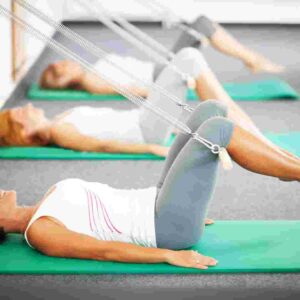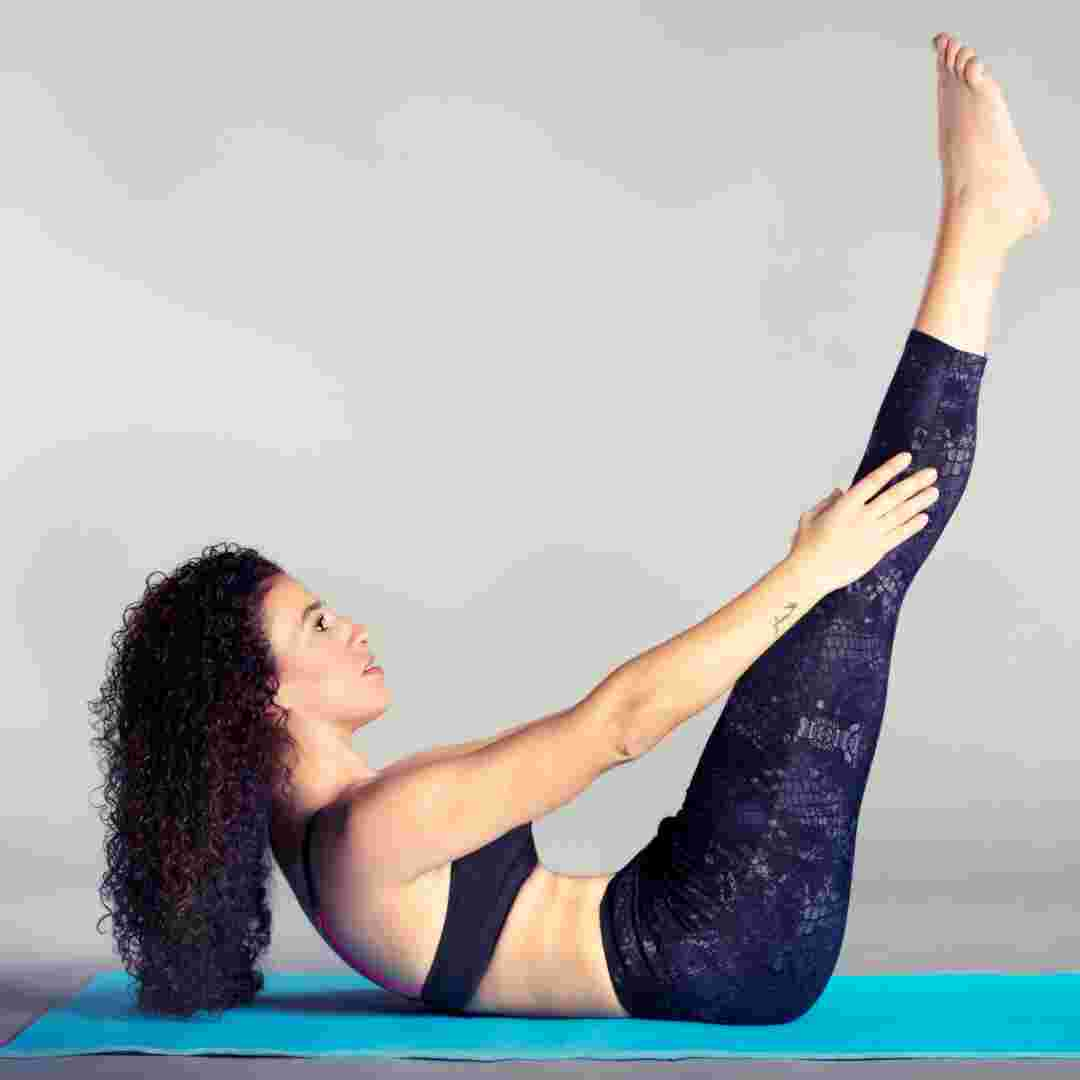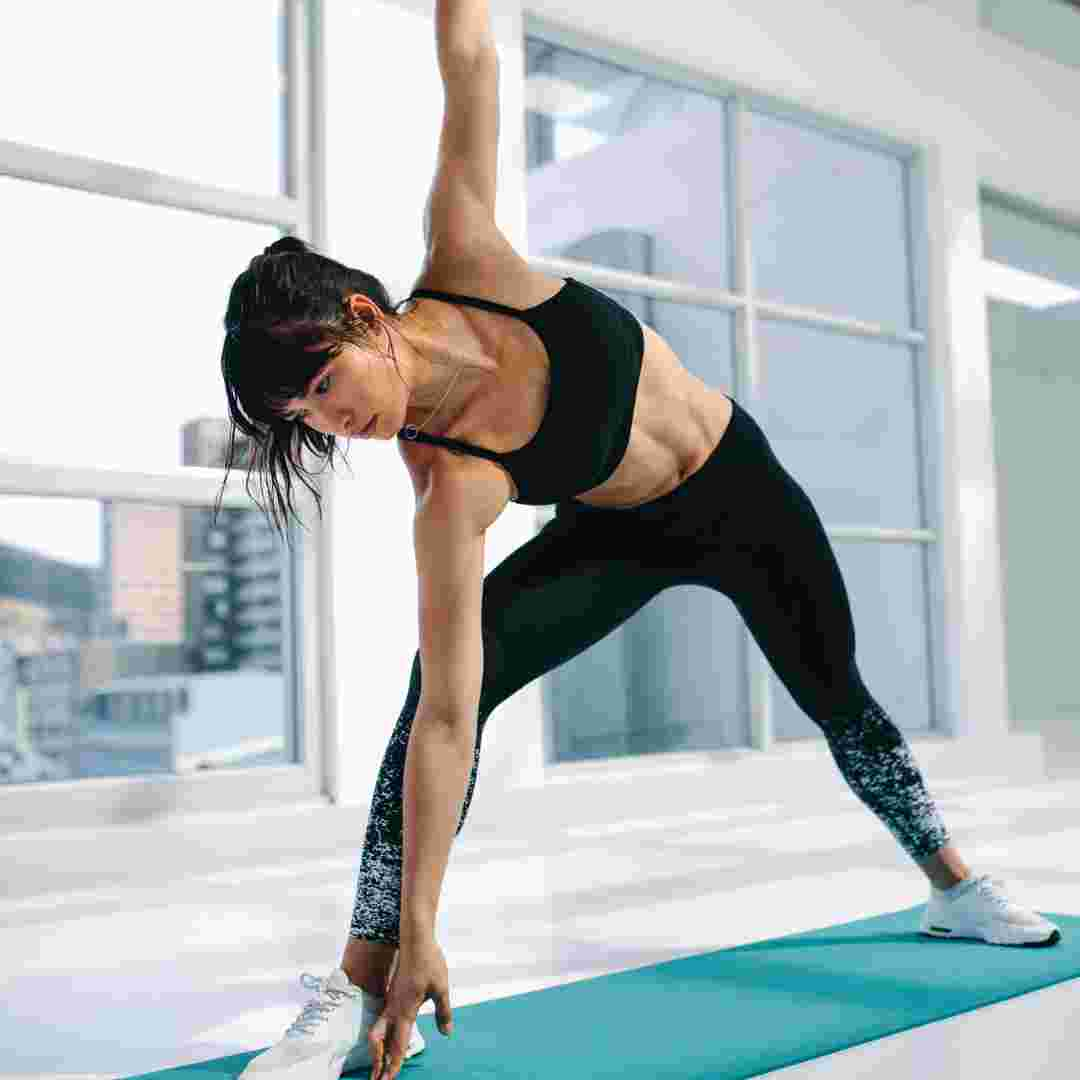Table of Contents
Introduction
The Method and History of Joseph Pilates
A Complete Guide to Pilates Benefits
Comparison of Mat and Reformer Pilates Workouts
Q&A
Conclusion
Joseph Pilates founded Pilates.
Introduction
German physical trainer Joseph Pilates created Pilates. The approach strengthens core muscles, improves flexibility, and boosts physical and mental health. Pilates is done on a mat or with the Reformer, Cadillac, or Wunda Chair. Pilates is popular globally across all ages and fitness levels.
The Method and History of Joseph Pilates
German fitness fanatic Joseph Pilates created a worldwide exercise method. His low-impact Pilates method strengthens core muscles, improves flexibility, and raises body awareness. Millions worldwide practise Pilates, from elite athletes to elders wishing to improve their mobility.
German-born Joseph Pilates was born 1883. As a child, he had asthma, rickets, and other illnesses. He studied yoga, martial arts, and gymnastics to get fit. He also got interested in body alignment and posture, which would later form the basis of Pilates.
Pilates went to England in 1912 to box and perform circuses. He developed his fitness system in a British prison camp during World War I. He created small-space resistance exercises using bed springs and other materials. He helped injured soldiers heal with his routines.
Pilates founded a Berlin studio after the war. His method, "Contrology," stressed the mind-body link and movement control. He also created mat and Reformer, Cadillac, and Wunda Chair exercises.
Dancers and athletes used Pilates throughout the 1920s and 1930s to develop strength, flexibility, and balance. Pilates has many renowned clients, including New York City Ballet founder George Balanchine. In 1926, Pilates moved to New York City and founded a studio. He taught his method till his 1967 death.
Pilates' method remained popular among exercise enthusiasts and physical therapists after his death. Pilates became popular in the 1980s and 1990s, with many gyms and studios offering lessons and equipment. Millions of people worldwide practise Pilates, which has several styles.
Pilates' concentration on core strength and stability is one of its longevity. The abs, back, and hips are crucial for healthy posture, balance, and wellness. Pilates strengthens these muscles and improves mobility. The method emphasises optimal breathing and body alignment to minimise stress and improve attention.
Another reason Pilates is popular is its adjustability. Different fitness levels and physical attributes might modify Pilates exercises. They can also target hips, shoulders, and legs. Pilates is versatile and can be done at home or in a studio on a mat or with specialised equipment.
Finally, Joseph Pilates pioneered fitness and exercise. His Pilates approach, which emphasises core strength, flexibility, and body awareness, is popular worldwide. Pilates continues to inspire millions to exercise and move for health.
A Complete Guide to Pilates Benefits
German physical trainer Joseph Pilates created a worldwide exercise regimen. Pilates is a low-impact workout that strengthens core muscles, improves flexibility, and raises body awareness. A total-body workout, it targets the mind and body.
A major benefit of Pilates is better posture. Pilates strengthens spine-supporting muscles, correcting bad posture. Pilates emphasises good alignment, which can lessen neck, shoulder, and back pain and injuries.
Flexibility is another Pilates benefit. Pilates exercises stretch and lengthen muscles, improving flexibility and range of motion. This is especially helpful for sports, dancers, and chronic pain and stiffness sufferers.
Pilates improves balance and coordination. Pilates exercises increase balance and coordination by requiring body awareness and control. This can benefit elderly persons at risk for falls and balance issues.
Pilates has physical and mental benefits. Pilates breathing and mindfulness can reduce tension, anxiety, and increase attention and relaxation. This is helpful for busy or stressed folks.
Many varieties of Pilates exist, including mat Pilates on a mat on the floor and equipment-based Pilates on the Reformer, Cadillac, and Wunda Chair. Both styles of Pilates are effective, so choosing one depends on your fitness objectives and inclination.
When commencing a Pilates practise, work with a competent instructor to guarantee proper form and technique. Starting softly and increasing intensity is key to making Pilates tough. Listen to your body and avoid overdoing it to avoid damage.
In conclusion, Pilates is a complete workout with mental and physical benefits. It reduces tension, anxiety, and improves posture, flexibility, balance, and coordination. Pilates is perfect for beginners and advanced athletes. Pilates may safely and successfully improve your health and well-being with a skilled instructor.
Comparison of Mat and Reformer Pilates Workouts
German physical trainer Joseph Pilates created a worldwide fitness technique. The low-impact Pilates method strengthens core muscles, improves flexibility, and raises body awareness. The approach emphasises concentration, control, centering, precision, breath, and flow.
Mat and reformer Pilates are the major styles. Mat Pilates uses a mat, while reformer Pilates uses a reformer. Both routines have advantages and may be adapted to different fitness levels and goals.
Mat Pilates is ideal for traditional exercisers. The mat-based exercises are easy to do at home or in a studio. Body weight exercises in mat Pilates enhance strength and flexibility. The workouts target core muscles, which are necessary for proper posture and back pain.
The Reformer Pilates machine has a sliding carriage, springs, and straps. The machine adds resistance, making exercises harder and more effective. Reformer Pilates is ideal for advanced Pilates practitioners. The equipment supports more workouts and may be modified for different fitness levels.
Full-body workouts are one of reformer Pilates' key benefits. The equipment accommodates arm, leg, and core movements. This makes it ideal for body toning and strengthening. Reformer Pilates is also good for injured or disabled people. The machine supports and adjusts.
Mat and reformer Pilates have various benefits and may be adapted to different fitness levels and goals. For a more traditional workout, mat Pilates is ideal, while reformer Pilates is ideal for advanced practitioners. Whatever style of Pilates you pick, it improves fitness and well-being.
Finally, Joseph Pilates created a global fitness system. The low-impact Pilates method strengthens core muscles, improves flexibility, and raises body awareness. Mat and reformer Pilates are the major styles. For a more traditional workout, mat Pilates is ideal, while reformer Pilates is ideal for advanced practitioners. Whatever style of Pilates you pick, it improves fitness and well-being.

Q&A
1. Joseph Pilates—who?
German physical trainer Joseph Pilates created Pilates.
2. How is Pilates done?
Pilates strengthens core muscles, improves flexibility, and boosts physical and mental health.
3. When did Joseph Pilates create Pilates?
Since Joseph Pilates invented the Pilates method in the early 20th century, it has become a worldwide exercise.
Conclusion
German physical trainer Joseph Pilates created Pilates. The practise strengthens core muscles, improves flexibility, and boosts physical and mental health. Pilates felt that physical fitness was crucial to mental and emotional wellness, and his workout and rehabilitation programme is renowned worldwide.


